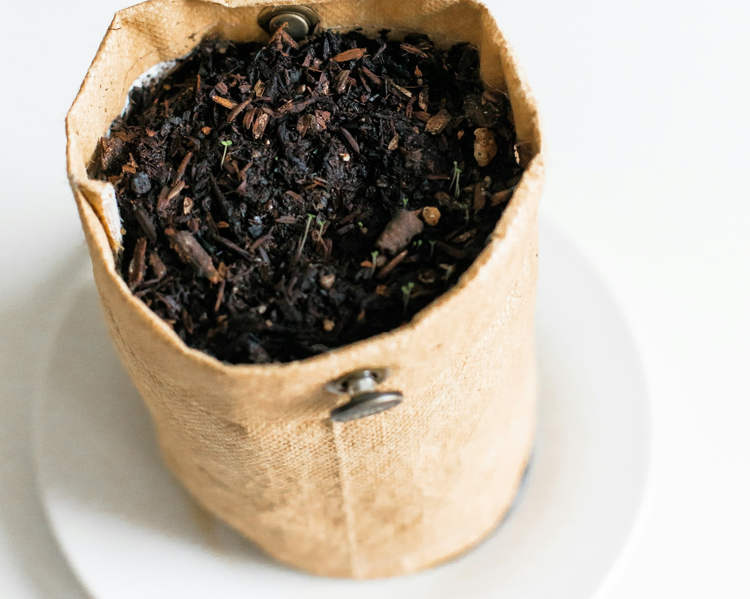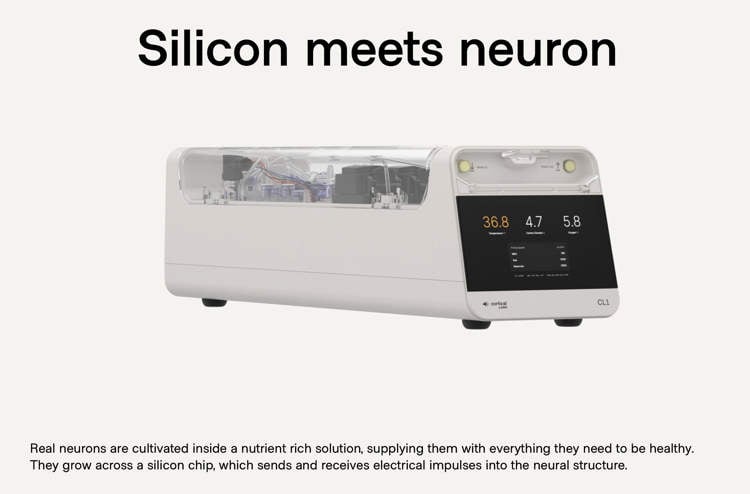Laundry workouts might soon be the new fitness trend, thanks to a new invention by a group of students at China’s Dalian National University. They’ve created a washer that’s powered by a stationary bike, and they’re calling in ‘b.w.m’ (short for Bike Washing Machine).
“Riding a bike is a popular exercise, washing laundry is something that you might do on a daily basis or at least once a week, so why not combine them into a single useful equipment/appliance,” the makers wrote on Tuvie, a blog dedicated to tech innovations.
The clothes fit into a large drum positioned at the bottom of the stationary exercise bike “When you ride this bike, the pedaling motion causes the drum of the washing machine to rotate, at the same time, the superfluous electricity is generated which can be used to power the display screen or stored for future use.”





















